Retired Police Officer & Honorary Curator, Thames River Police Museum
Rob Jeffries welcomes me into a large Aladdin’s cave filled to the rafters with hundreds of interesting, precious and exciting looking police artefacts including uniforms, weapons old and new, handcuffs, superb models of boats, pictures, books, and glass display cases filled with documents and photographs; all connected to the two hundred year history of police work along the Thames. With him, to learn the ropes, is Kim Smith, who having been an essential member of the team at the Wapping Police Station, in part of which the museum is housed, volunteered three months ago to help Rob with his work.
One of the most poignant exhibits that Kim has discovered is the ensign of the Princess Alice, a pleasure boat tragically sunk in an accident in 1878 with the loss of over 650 lives in an area close to where the Thames Barrier is now. It was a national disaster and the greatest loss of life ever on Britain’s waterways. Rob explains that “the boat was packed with Londoners enjoying a day out on the river when it was violently struck by the Bywell Castle and sank within three minutes.” Many victims, unable to swim were quickly drowned but others died later from infections caused by the raw sewage that was released regularly into the river there.
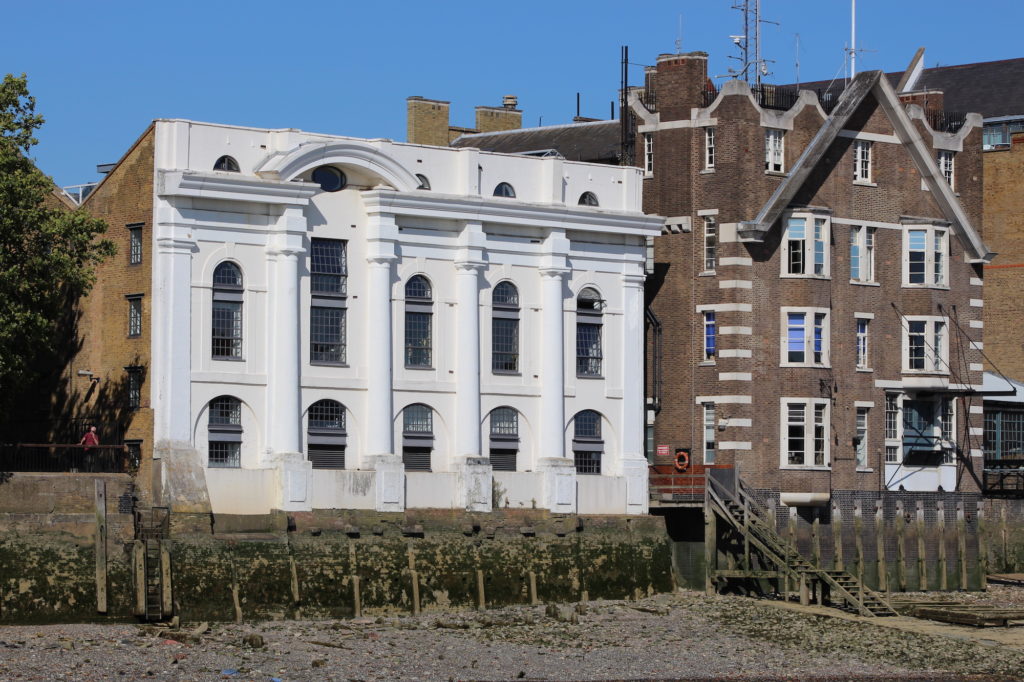
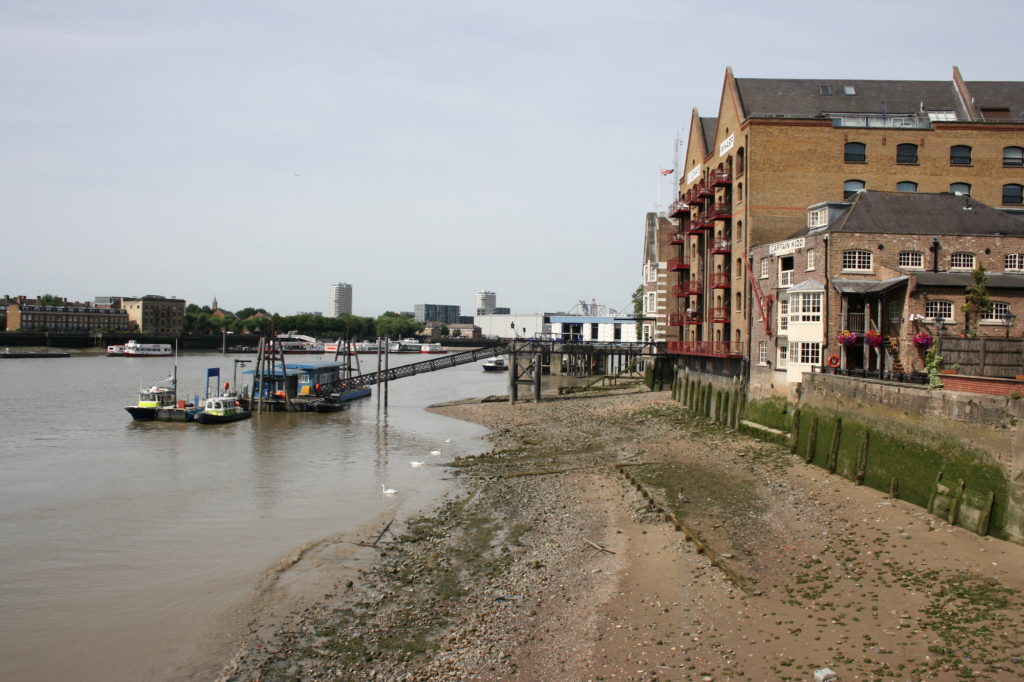
The museum is set in what was once the carpentry workshop for the Thames River Police, where boats were maintained and repaired until 1973, when a new yard was opened close by. It seemed the natural place to support a museum as the Thames River Police is recognised as being the longest continuously serving police force in the world. It was initially created solely to prevent crime on the river, by protecting the valuable cargoes, particularly of sugar, belonging to the West India Company, whose merchants were suffering heavy losses from highly organised thieving.
Set up by Patrick Colquhoun and John Harriott in July 1798, the Marine Police Office opened in Wapping. This Thames force came into being thirty years before Robert Peel’s Metropolitan Police, but in 1839, as forces combined to fight against crime, the Thames River Police joined the Metropolitan Police and became the Thames Division. From then on their primary objective was the prevention of crime and the protection of life, principles which are still followed to this day and, with the ever-present terrorist threat, their work has become even more vital.
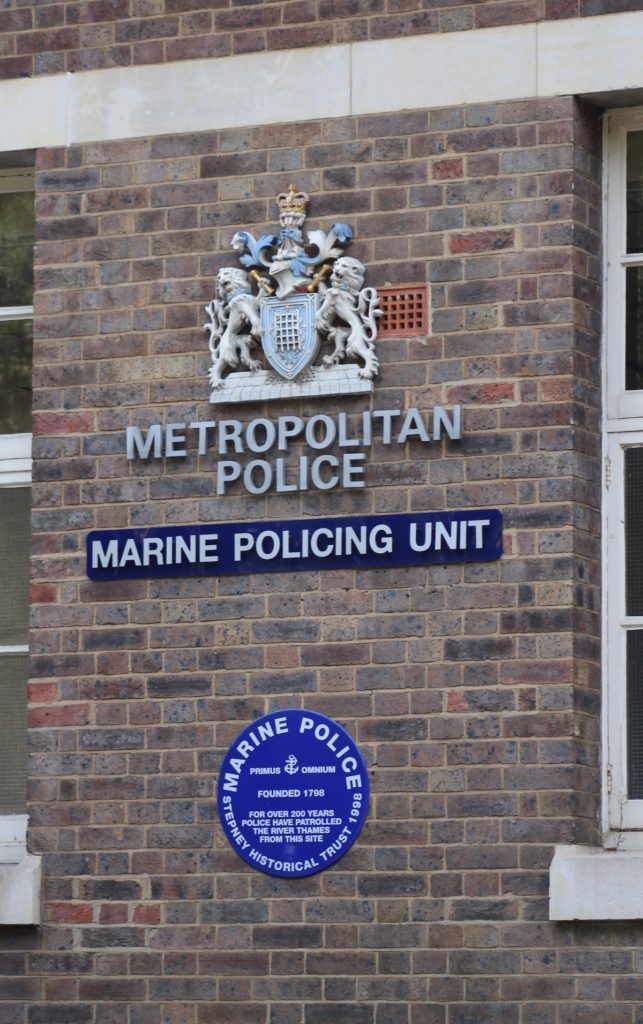
The only real source of outside light for the museum is an opening onto the river with a davit still in place. As we sit down to talk, a welcome breeze flows in from the riverside and we hear the sound of wash from occasional passing Thames Clippers and tourist cruise boats.
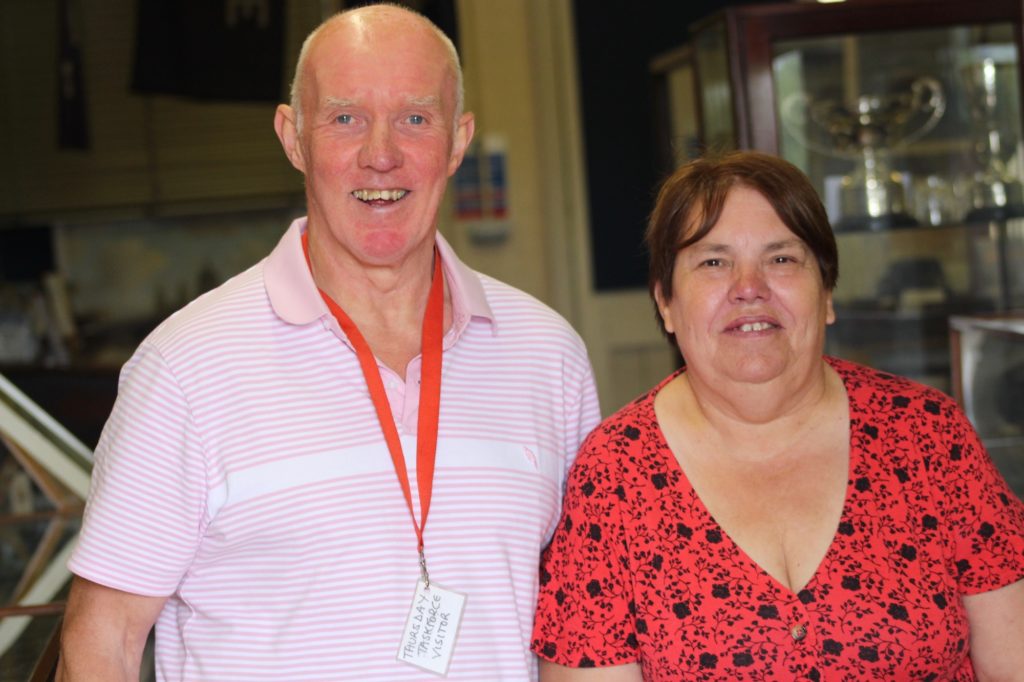
Having worked as a Thames Division officer since 1988, and having a general interest in London’s history, Rob took over the running of the Thames Police Museum in 1997 and continued doing so until his retirement in 2005. When no serving officer came forward to take things over, Rob agreed to continue his former role, now working in a voluntary capacity, along with John (Joz) Joslin, who had put the museum together in its current form back in 1974.
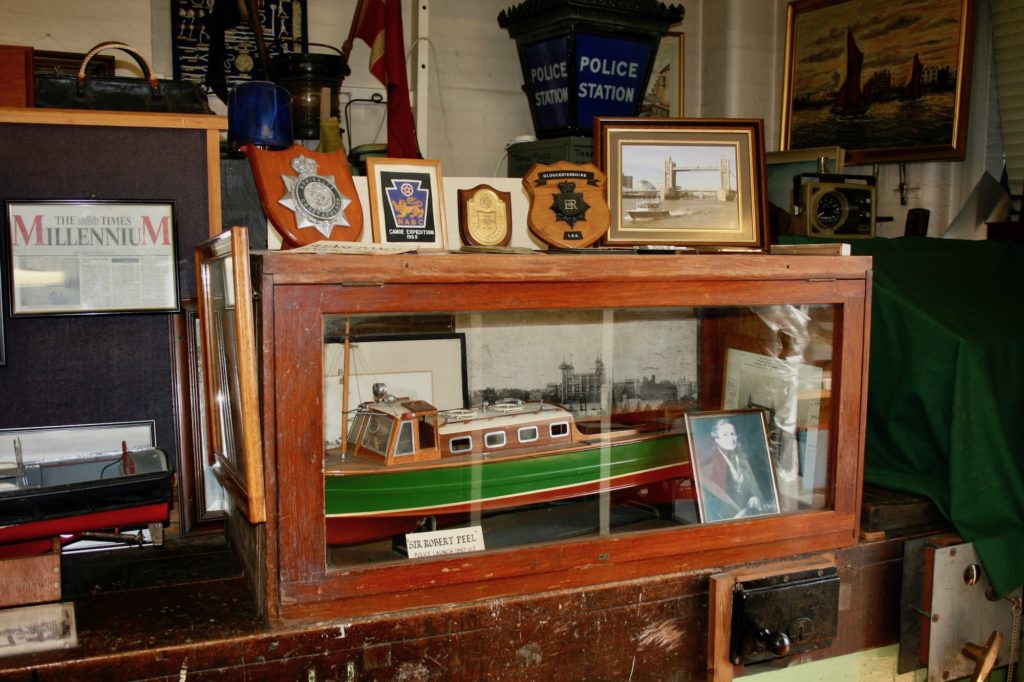
The museum is a real treasure-trove of artefacts connected with the river police and Rob is a fount of knowledge on them, the history of London, the Thames, and particularly on, to use its full title, “The Metropolitan Police Service, Marine Policing Unit”. He is a wonderful and enthusiastic communicator, receiving visitors on Open House London days and giving pre-booked talks by arrangement. But how did this come about? “Pure chance”, says Rob.
After training at the Hendon Police College in 1973, he worked at the West End Central Police Station in Savile Row, and for a while in Diplomatic Protection. Some years later, while on an operation on the Embankment he heard that the Thames Division, as the Marine Policing Unit was known then, were looking for recruits. However, “at the time nearly all the applicants had some seafaring background either in the Royal Navy, or the Merchant Navy.” The idea appealed to him and a friend helped him spice up his CV to make it stand out in order to get through to the interview stage of his application. The Board, while not perhaps entirely convinced by his CV, obviously detected his enthusiasm and potential, and after an eight month wait, Rob was accepted as a recruit in April 1988. And so began the hard work.
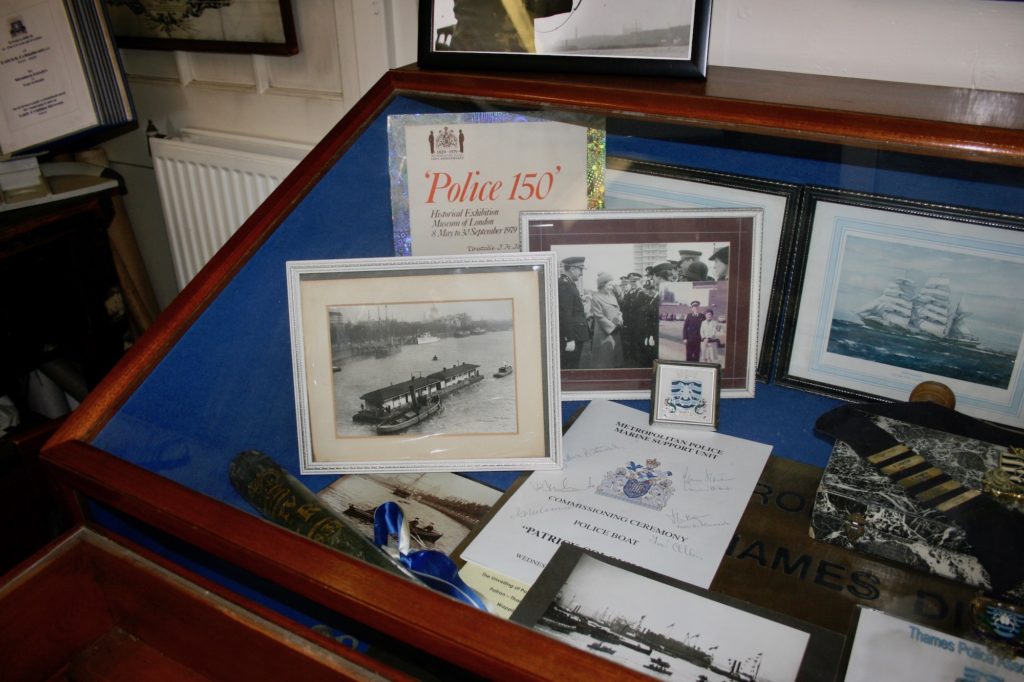
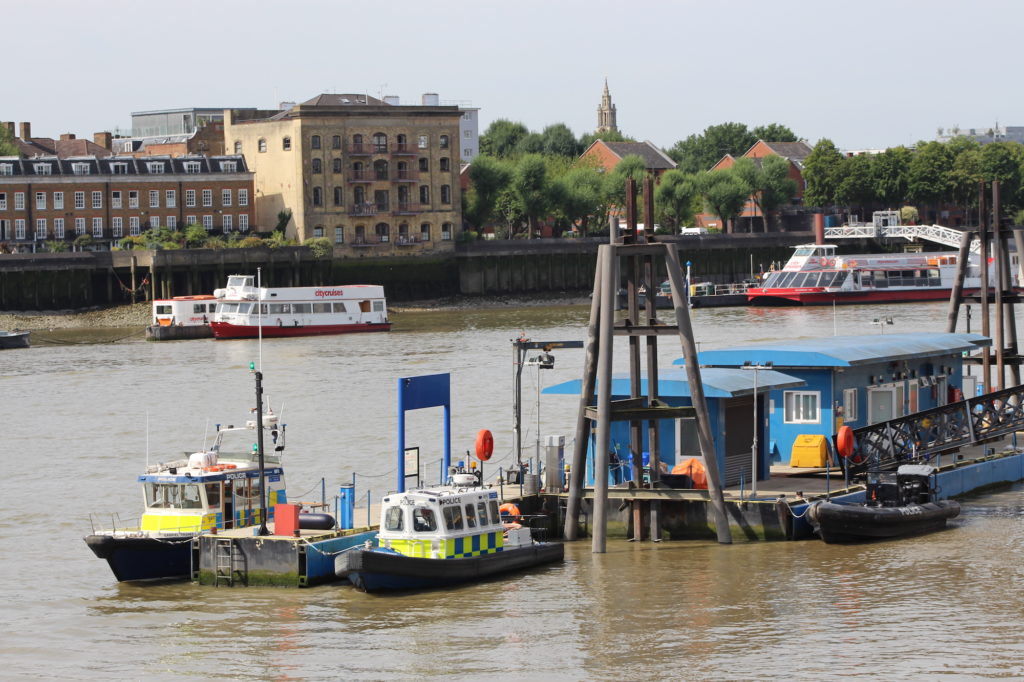
Based at Wapping, he was immediately out on the river supervised by a “Sea Daddy”, who oversaw his nautical training and taught him the particular rules that apply to the Thames, such as speed limits and when to give way to another vessel. “As I had everything to learn, I asked to be treated as a novice. But I was soon put at the helm, though we were very well supervised. There were always two experienced officers with a trainee.” Having completed his training, he was transferred to the floating police pier known as Waterloo Pier. He adds, “Our patrols were from Blackfriars Bridge to above Hammersmith Bridge, but crews from Wapping would frequently cover our ground and vice versa.” It was essential to learn the shape of the shallow waters upstream with their particular characteristics. “For example, there’s a shoal by Fulham Football ground where, if you’re not careful you risk getting stuck and stranded by an ebbing tide.”
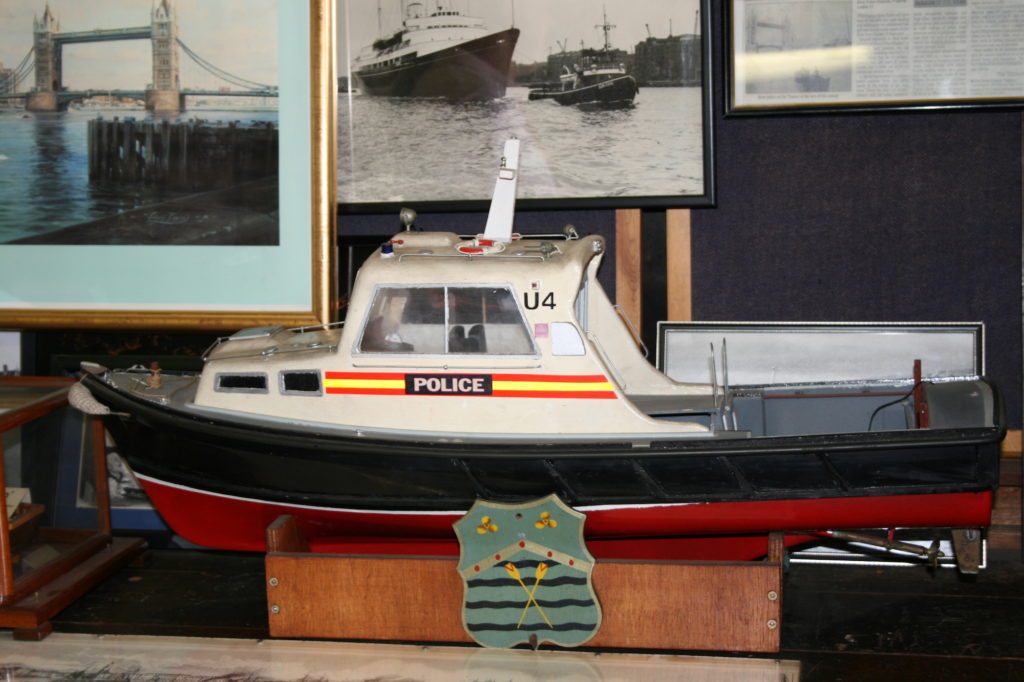
While their duties involved the prevention of crime and protection of life on and around the river, one difficult aspect was, and still is, the recovery of bodies of the drowned. During his career on the river, Rob had to investigate many deaths that happened there. “Victims can be of any age, from babies to the elderly, and it can be hard to deal with.” Rob explains: “When I first started in 1988 there was on average one drowning a week. Now there’s far fewer, more like one a month. And the main reason for the lower figure is, very simply, the mobile phone.” Help can be called at once, and with the police and the RNLI, based on the river since 2002, both now having faster boats than before, people in trouble can be reached and saved much more quickly.
However, it was the tragic sinking of the Marchioness on August 20, 1989, that became etched in the minds of all river-users, London and the nation as a whole, when fifty-one young party-goers were drowned. Though not first on the scene, Rob responded to a call in the early hours of the morning, checked the boat with his crew-mate and hurried along the river to help. For the next five days he was involved with the search and recovery of the bodies of the victims. It was a harrowing experience that has stayed with him.
Though there is a memorial in Southwark cathedral dedicated to those who died in the Marchioness, countless others are forgotten. So when Rob was contacted by Val Hills, whose son Daniel lost his life in the Thames in 2008 this struck a chord with him, as his work had brought him in contact with many now-forgotten victims’ families. So began a campaign to raise funds for a memorial dedicated to “everyone who has died in the River Thames regardless of how that death occurred.” Rob worked tirelessly with artist Clare Newton to raise the fees for her thoughtful and moving sculptured plaque, which would make Val’s dream a reality and, with the support of the Reverend Katherine Hedderly, who welcomed the memorial, it was dedicated in a service at All Hallows Church by the Tower on June 25, 2019. Here, in the heart of our city, is a place for quiet reflection where families and friends can come to remember and give thanks for the lives of those they have lost.
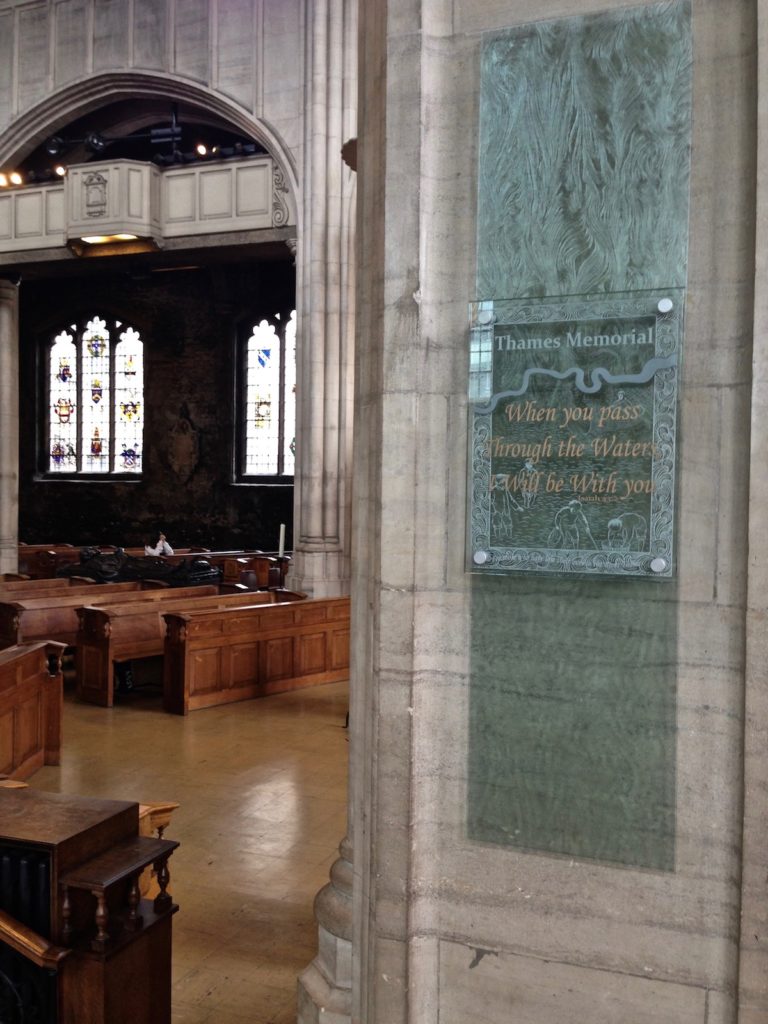
Cover picture: Rob Jeffries giving a talk. Film: Thames Memorial – Police Museum (c) YNUK.tv
To find out more:
See the film:
The Thames Memorial Service of Dedication
Visit the site:
The Thames Police Museum
Download the excellent:
The Thames River Police: Forefathers of Modern Policing
By David Wells and the West India Committee